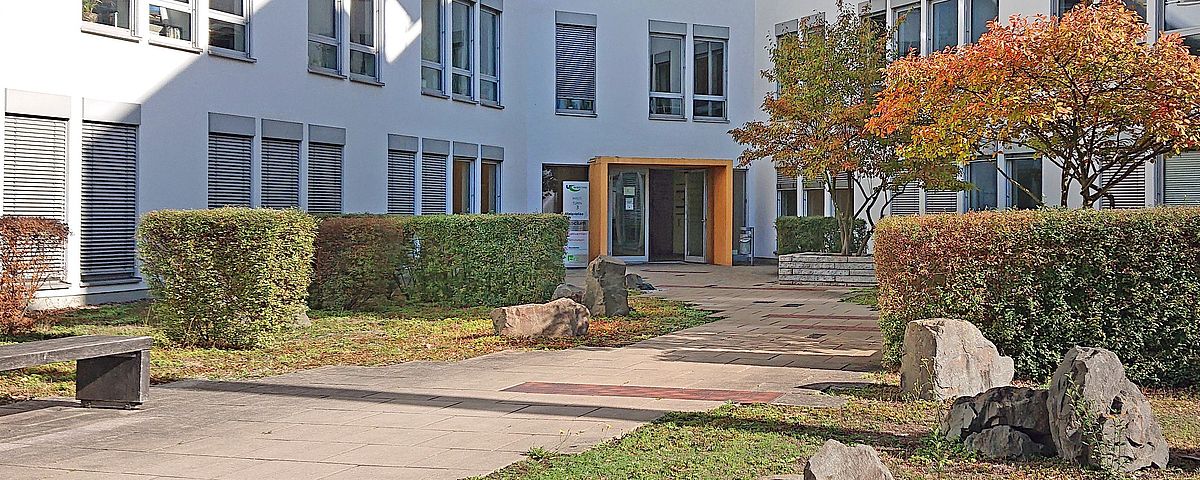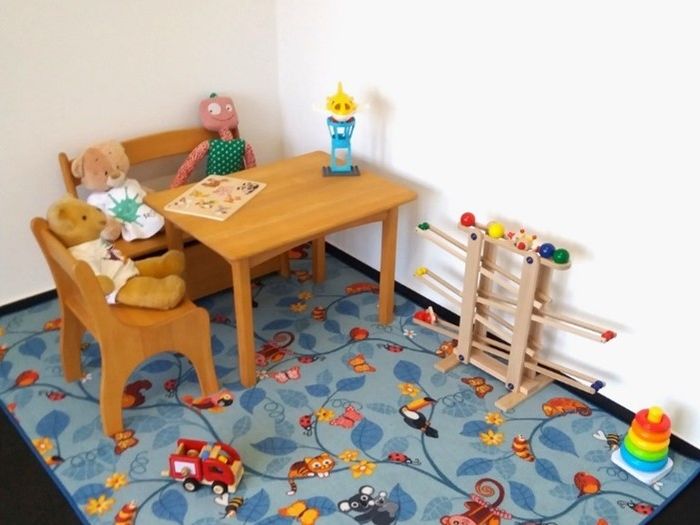Research Lab
The BRISE research lab is set up for children between the first year of life and young school age. Especially in the first years of life, children learn a variety of skills. They have a natural tendency to respond attentively to new and unexpected stimuli. Children learn to adapt their behavior to the environment or a task, to remember more and more things, to wait for a short time or to flexibly look for new ways to solve a task. They learn to perceive themselves as a person, to communicate with others through language and to assess their preferences. They need all of this to have a good start in school and to find their own place in our society.
In order to explore at what age children master these skills and what brain maturation processes accompany them, we use EEG and behavioral observations. To this end, we have developed a child-friendly procedure and hygiene concept so that the children and their parents feel comfortable and at the same time they are protected in the best possible way against corona infection.
In our family room there are toys for your child so that the family can arrive in peace. We discuss the schedule of examinations with parents and make sure to take breaks in between. The exam rooms are also child-friendly, but set up so that when children are performing tasks with us, they are not distracted. We assure parents that they can ask questions at any time and that we will respond to their requests spontaneously. 3G, AHA + L - rules, as well as wearing FFP2 masks is firmly established in the procedures. The children do not need to wear masks.
What we measure:
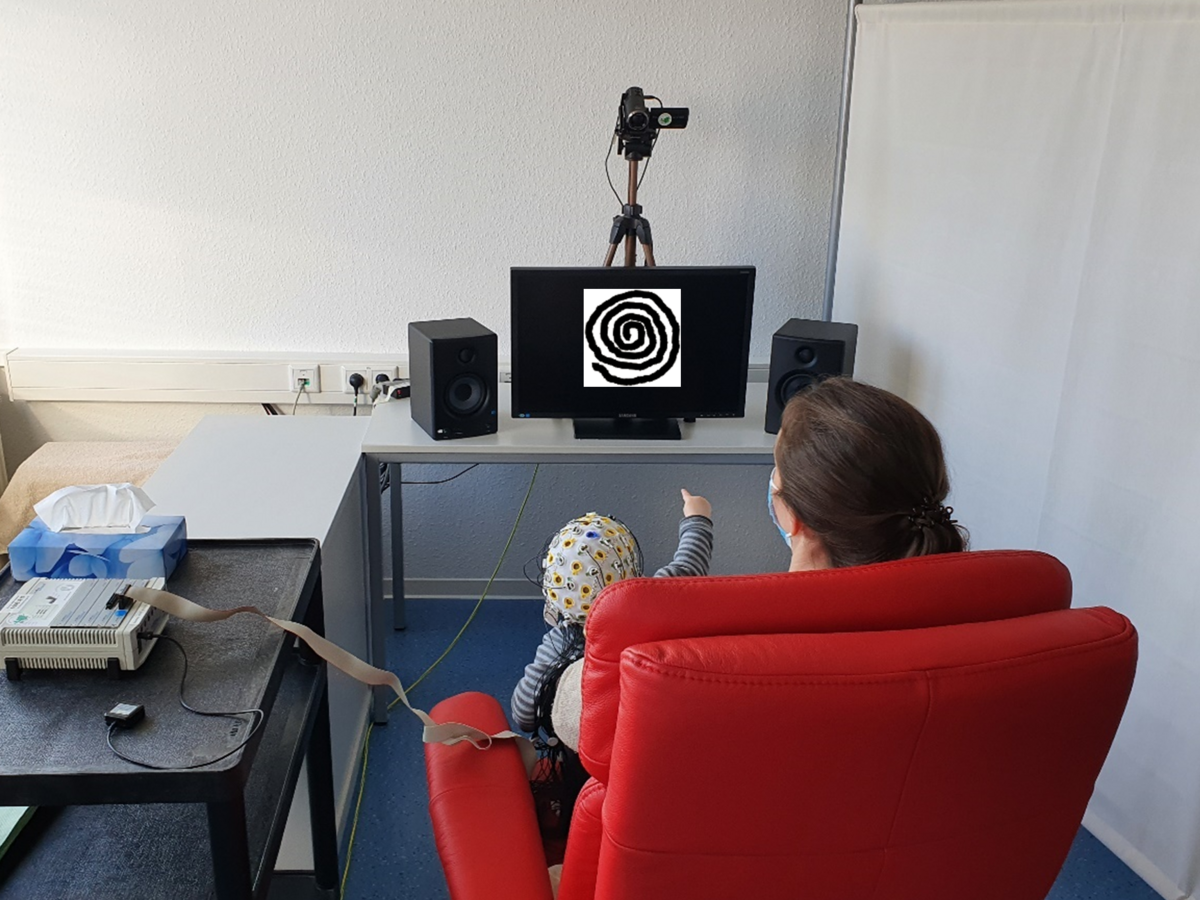
Electroencephalography (EEG)
With the help of EEG we are able to record the brain activity of the children. For this purpose, the children put on a cap with small sensors. This procedure is harmless and standard in many pediatric practices. Through the EEG, we can observe the functioning of the brain at different ages and thus brain maturation. By presenting sounds or images simultaneously, we can analyze how the brain responds to certain stimuli, for example. These surveys provide a more accurate picture of a child's development than can be obtained by observing behavior alone. EEG examinations gain particular importance in infants and very young children, who are unable to communicate what they are paying attention to via their behavior, or can do so only inaccurately.
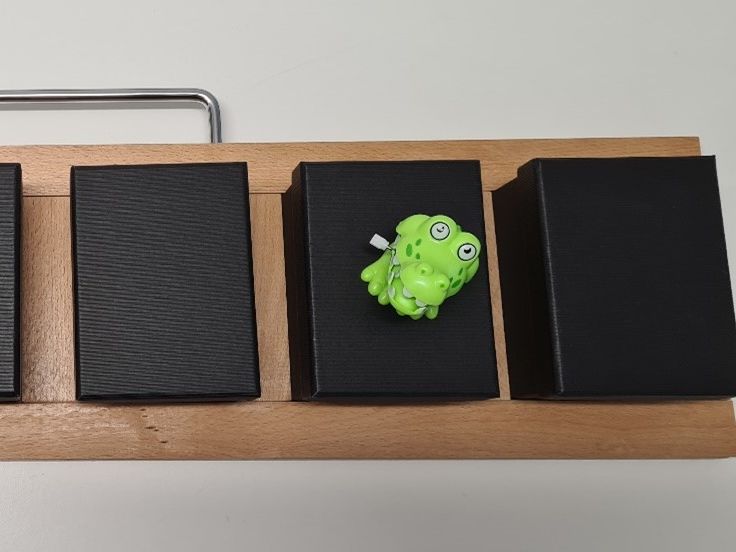
Behavioral investigations
In various small games we observe the child's behavior. Depending on their age, the children are given short tasks in which they use their already acquired skills of looking for something, suppressing distractions, adjusting to changes, or understanding the wishes of others. We also observe situations with the child and their parents, e.g. looking at books together. Video recordings also allow us to more closely examine and understand complex behavioral chains and how they develop with age.
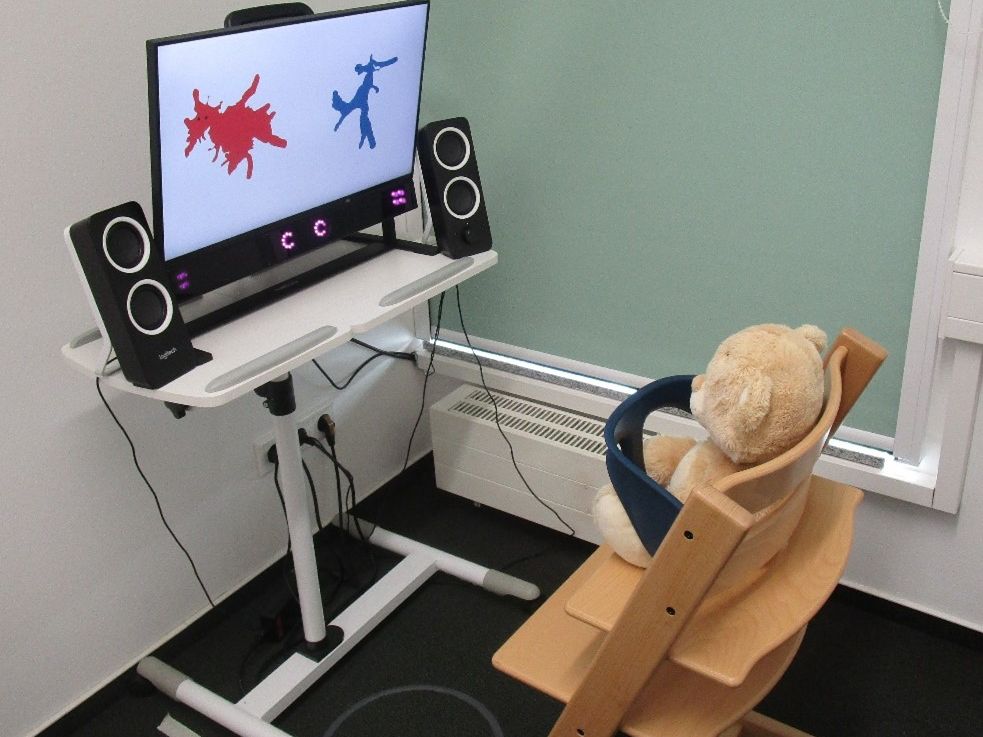
Eyetracking
With the help of special cameras, we can record the child's eye movement. Spontaneous eye movements and prolonged viewing of an object can provide information about processing speed and duration, attention and learning behavior. We can understand which parts of images or temporal segments of movements are particularly important for a child and how this changes with age.

Hair sample
By analyzing hormones in the hair, we investigate the stresses to which children are exposed in everyday life. For this purpose, a small hair sample is inconspicuously taken from the child and, for example, the concentration of the hair cortisol it contains is determined. Cortisol is an endogenous hormone that is produced in stressful situations and stored in the hair, among other things. An analysis of the hair cortisol therefore allows conclusions to be drawn about particular stresses in the past weeks.

![[Translate to English:]](/fileadmin/user_upload/sites/brise/Logos/Brisel_Verlinkung_website_neu.jpg)
